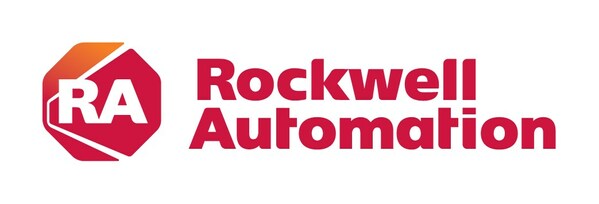 |
DUBAI, UAE, April 11, 2023 /PRNewswire/ -- Rockwell Automation, Inc., the world's largest company dedicated to industrial automation and digital transformation, has provided medium-voltage, variable-frequency drive solutions for the Umm Al Quwain Seawater Reverse Osmosis (SWRO) desalination plant. The plant, commissioned by SIDEM Veolia, is located 20km north of Umm Al Quwain city, produces 150 million gallons a day (MIGD), and is the largest desalination project in the Northern Emirates.
Reverse osmosis is a widely utilized membrane technology for seawater desalination. The basic concept of SWRO is to use a semi-permeable membrane, where most dissolved species are rejected while water permeates it.
As part of a consortium, SIDEM oversaw engineering and procurement for the project while Chinese partner Gezhouba Group International Engineering undertook the construction. The plant comprises an open intake of seawater, the seawater pumping station, three pre-treatment units with DAF and DMGF, three reverse osmosis units, the wastewater treatment plant, and drinking water storage tanks.
"SIDEM has renewed its confidence in Rockwell Automation and has chosen our PowerFlex® 6000 medium-voltage inverter solutions to drive the 80 main motors of the seawater treatment process," said Thierry Ballot, Strategic Account Manager at Rockwell Automation.
The Allen-Bradley PowerFlex 6000 range of medium-voltage drives offers multiple control modes, including flux vector control. In addition, they can reduce peak demand charges by operating near unity power factor throughout the speed range and includes an integrally mounted, multi-pulse isolation transformer to help ensure low line side harmonics and high input power factor.
The water is being supplied to the Federal Electricity & Water Authority (FEWA), and the desalination plant forms an integral part of the region's strategy to enhance the efficiency of its water network as part of the UAE Water Security Strategy 2036. The overall objectives of the strategy are to reduce total demand for water resources by 21%, increase the water productivity index to $110 per cubic meter, reduce the water scarcity index by three degrees, increase the reuse of treated water to 95%, and increase national water storage capacity to two days.